Exp.CVE-2017-16390
Remove Exp.CVE-2017-16390 from Windows 2000 : Clean Exp.CVE-2017-16390
Exp.CVE-2017-16390 is responsible for causing these errors too! 0x8024D011 WU_E_SELFUPDATE_REQUIRED Windows Update Agent must be updated before search can continue., 0x000000FC, 0x00000097, 0x8024C003 WU_E_DRV_REG_MISMATCH The registry type read for the driver does not match the expected type., 0x80249003 WU_E_INVENTORY_RESULT_UPLOAD_FAILED Failed to upload inventory result to the server., 0x0000002E, 0x8024001B WU_E_SELFUPDATE_IN_PROGRESS The operation could not be performed because the Windows Update Agent is self-updating., 0x00000101, 0x80242016 WU_E_UH_POSTREBOOTUNEXPECTEDSTATE The state of the update after its post-reboot operation has completed is unexpected., 0x000000F4, 0x80244021 WU_E_PT_HTTP_STATUS_BAD_GATEWAY Same as HTTP status 502 - the server, while acting as a gateway or proxy, received an invalid response from the upstream server it accessed in attempting to fulfill the request., 0x00000109, Error 0xC1900101 - 0x2000BSafely Delete Exp.CVE-2017-16390 From Infected Operating System
Exp.CVE-2017-16390 is a harmful program which is reported to infect number of Operating System. Like other Operating System infection, it also intrude silently in its targeted Operating System. It is difficult to detect its existence because the threat run all its malicious process in the background of Operating System. The first thing this threat do after invasion is to modify Operating System settings. Through this way it get the persistence to execute its malicious services freely. Most of the user don't know how this threat come in their Operating System because it comes via tricky ways like bundled with software, spam email, infected site etc. This nasty program not let you do any activity properly even you can't surf Internet properly. In addition, it is also reported for bringing other malware which badly damage the Operating System. Presence of this threat also put your privacy on risk. So if you don't want to suffer these issue then Delete Exp.CVE-2017-16390 now.
Method 1 : Start Your Operating System In Safe Mode With Networking
Method 2 : Removing Exp.CVE-2017-16390 From Control Panel
Method 3 : Removing Exp.CVE-2017-16390 From Registry Editor
Method 4 : Block Related Process To Exp.CVE-2017-16390 From Task Manager
Method 5 : Removing Exp.CVE-2017-16390 From Chrome
Method 1 : Start Your Operating System In Safe Mode With Networking
For Windows XP/Vista/7
- Open the 'Start' menu > click on 'Restart' option.

- Continue pressing 'F8' button when the Operating System start booting.

- It will open 'Advance boot menu' on the screen.

- Now choose 'Safe Mode With Networking' > press Enter.

For Windows 8/10
- Go to 'Start' menu and click on 'Restart' button by holding shift button.

- From the opened window, Select 'Troubleshoot' option.

- After that click on 'Advanced' Options.
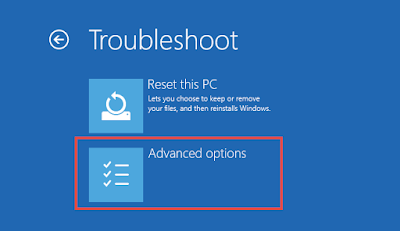
- Then Select the 'Start-up Settings' option.

- Choose 'Enable Safe Mode option' then click on Restart.

- Finally select 'Safe Mode With Networking'.

Method 2 : Removing Exp.CVE-2017-16390 From Control Panel
Delete Exp.CVE-2017-16390 From Windows XP
- From the start menu, click on 'control panel'.
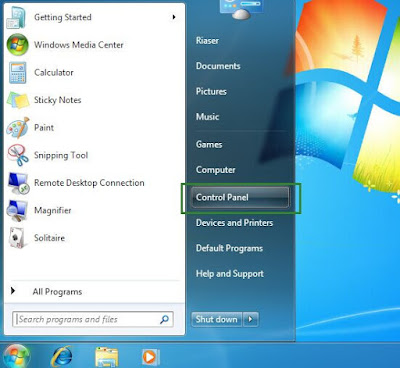
- Then go to Add or Remove programs option.
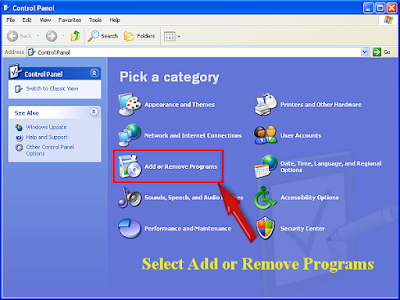
- Find out and Delete Exp.CVE-2017-16390 related program from Operating System.
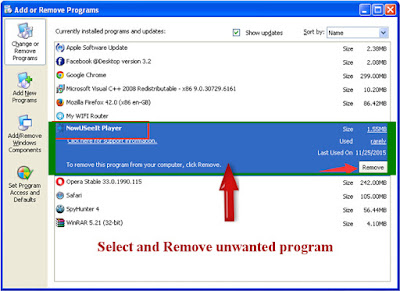
Delete Exp.CVE-2017-16390 From Windows 7
- First of all, press the 'Windows' button.

- Then select Control Panel from start menu.
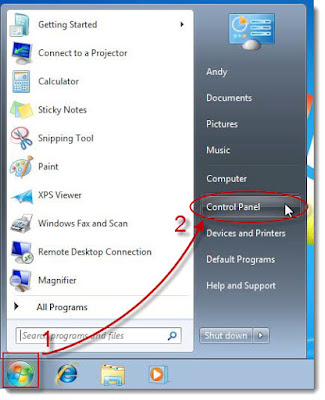
- From the program menu, select remove a programs option.
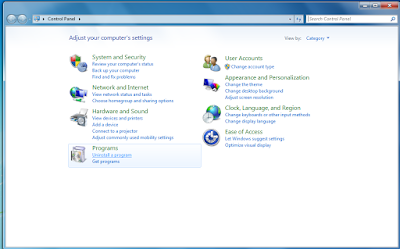
- Then select Exp.CVE-2017-16390 related program and remove them.
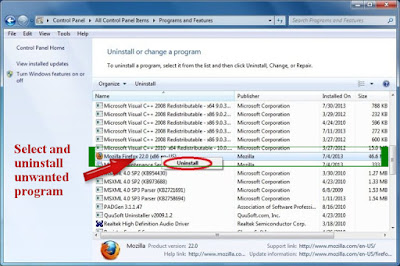
Delete Exp.CVE-2017-16390 From Windows 8
- Open the Run Box by pressing Win+R key together.

- In the Run box type 'control panel' and press Enter.

- Then Click on the uninstall a program option.

- Right-click on Exp.CVE-2017-16390 related, click on remove option.

Delete Exp.CVE-2017-16390 From Windows 10
- From the start menu select the Settings option.

- Then you have to select system option.
- Then click on the Apps and Features option.

- Search for Exp.CVE-2017-16390 related program and Delete them.

Method 3 : Removing Exp.CVE-2017-16390 From Registry Editor
- You have to press Win + R keys together to open Run window.

- After that type 'regedit' in the box and click on OK.
- Find out Exp.CVE-2017-16390 related registry and Delete them.
HKEY_LOCAL_MACHINESYSTEMCurrentControlSetServicesWpm
HKEY_CURRENT_USERSoftwareMicrosoftInternet ExplorerMain 'Default_Page_URL'
HKEY_LOCAL_Machine\Software\Classes\Exp.CVE-2017-16390
HKEY_CURRENT_USER\Software\Microsoft\Windows\CurrentVersion\Run '.exe'
HKCU\Software\Microsoft\Windows\CurrentVersion\Internet Settings\random
HKEY_LOCAL_MACHINE\SOFTWARE\Microsoft\Windows\CurrentVersion\run\random
HKEY_CURRENT_USER\Software\Microsoft\Windows\CurrentVersion\Internet Settings 'CertificateRevocation' = ’0




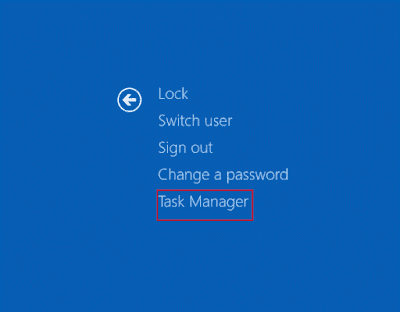
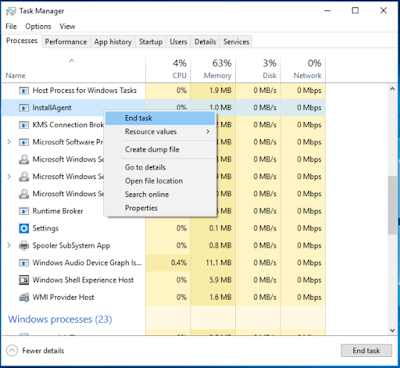
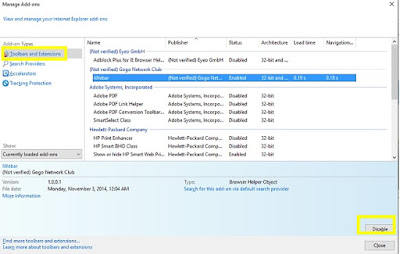

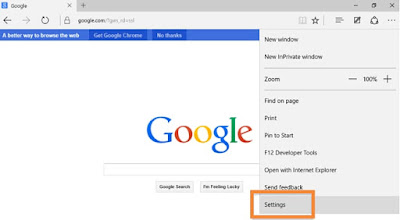
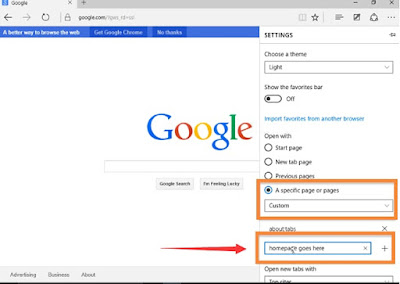
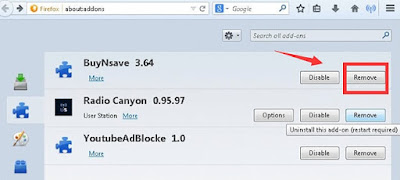
No comments:
Post a Comment